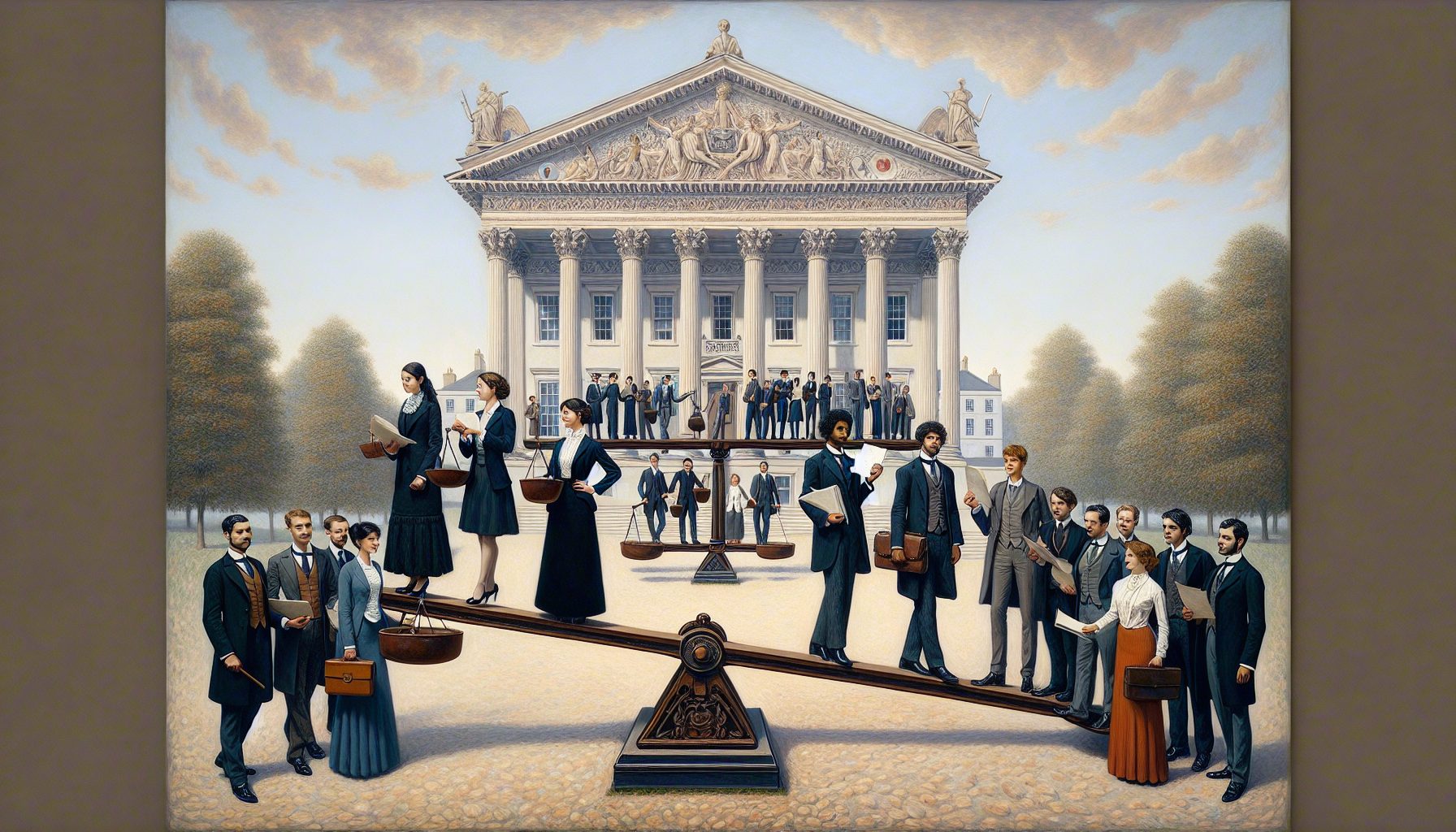Bosma Enterprises, a nonprofit organization based in Indiana that provides employment, training and rehabilitation opportunities for the blind and visually impaired, is well into the post-implementation phase of a new business strategy it calls VisionForce.
Finalized last fall, VisionForce provides a single-entry point for log-in for all of the company’s employees, 60 percent of whom are either blind or visually-impaired. It also has streamlined efficiencies in various departments, including accounting, fundraising and warehousing.
“We had more than 30 different software systems running our business, and none of them were integrated and none of them talked to each other,” recalls Heather Quigley-Allen, vice president of marketing and resource development for Bosma Enterprises. “We were being held together by bubble gum and shoestring.”
In addition, Bosma has a for-profit branch of the company that sells disposable medical supplies, and it had grown from 30 to 250 employees over five years and from $8 million to $60 million in revenue.
“All of a sudden the accounting system that we had was no longer scalable, so accounting went out and got its own system,” she says. This was followed by warehousing, which implemented its own system. Then rehabilitation services, which operates much like a medical office, maintained a separate system as well.
At that point, large meetings were being held to reconcile inventory between systems. The company was also on the cusp of another large growth cycle, and it couldn’t grow without adding more employees.
“How do you become efficient? You use technology,” Quigley-Allen remarked.
Implementing a CRM Solution
VisionForce, which took two-and-a-half years to complete, began with the implementation of Salesforce.com’s customer relationship management (CRM) solution. The system was 508-compliant right out of the box, so its technologies were accessible to people with disabilities.
Bosma Enterprises then began to look for a Safesforce.com partner and chose NextGen Consulting. Quigley-Allen reports that the consulting firm was the only solutions provider that came close to meeting the requirements outlined in its request for proposal. “They were very responsive to our business needs,” she adds.
Overall, NextGen integrated 13 third-party apps, which included Ascent, Jitterbit, Pardot, Vana and Taskray. The firm also provided next-generation enterprise resource planning (ERP).
With a system that was now focused on data integration and visibility, it didn’t take long for Bosma to see results. Its order-to-ship rate dropped from 14 days to three days within a month,
In addition, its donation process was fully automated, and, with Salesforce’s marketing cloud, the company was able to obtain the highest number of online donations ever made. As an added benefit, the communications between some departments, such as customer service and warehousing, improved.
Equally important, the new business solutions allowed every job at Bosma—except for driving a forklift—to be done by someone who is blind or visually impaired, according to Quigely-Allen. “This has directly led to employment for people who are blind but were previously unemployed,” she adds.
Overall, some 130 people who are blind or visually impaired are involved in Bosma’s disposable medical supply business. Their jobs include selling, marketing, packaging and customer service.
While the implementation of VisionForce revealed additional problems in processes that were in need of revamping, much of that was managed through the adoption of Bosma’s new integrated business solution.
“The biggest difficulty that we ran into was not technology-related,” Quigley-Allen said. “It was business processes and change management.”









